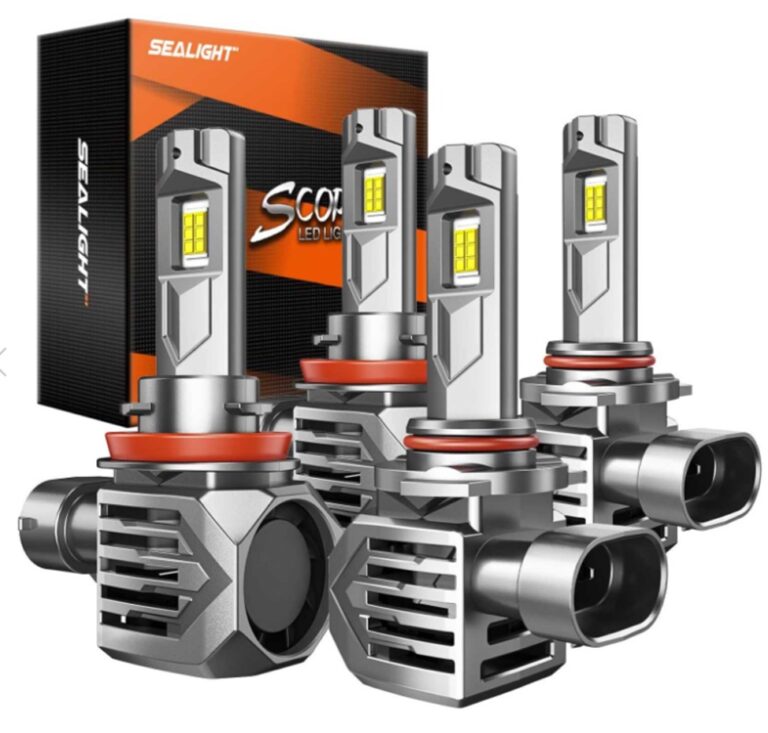How E-Commerce Checkout UX Influences Coupon Redemption
In a world where online shopping is ubiquitous, the difference between a sale and a cart abandonment often comes down to one thing: the checkout experience. For coupon users, the checkout UX (user experience) can make or break whether they redeem a code or leave the cart. In this article, we’ll explore how checkout UX influences coupon redemption, share redemption data, compare leading coupon platforms, and explain why GC Coupons is positioned strongly in this space.
Why Checkout UX Matters for Coupon Redemption
Before jumping into specifics, let’s look at some data:
- 62% of online shoppers actively search for promo codes or coupons before buying.
- Digital coupons have an average redemption rate of 7% or higher, depending on how user-friendly the checkout process is.
- Over 165 million adults redeemed digital coupons in 2024; the majority of those redemptions happened on mobile devices.
What do these numbers tell us? Many users want to use coupons, but only a subset actually make it through the checkout process with the code applied. The UX of that final step—how easy it is to find the coupon field, whether errors are clearly shown, whether codes are applied automatically—plays a big role.
Key UX Elements That Impact Coupon Redemption
A well-designed checkout UX addresses several pain points:
- Visibility of Coupon Entry Field – If the coupon code box is hidden or appears only at the last moment, users may miss it entirely.
- Ease of Applying Codes – Copy-paste vs manual typing, case sensitivity, and auto-apply features all affect usability.
- Clear Communication of Terms – Minimum spend, expiration date, or exclusions should be visible upfront.
- Mobile Optimization – Most coupon redemptions now happen on mobile devices, so checkout must be responsive and simple.
- Error Handling & Feedback – Users need to know why a code failed, not just that it failed.
- Auto-apply & Predictive Help – Smart suggestions reduce friction and encourage redemption.
- Trust & Security Cues – Clear pricing, SSL, and trusted checkout visuals encourage users to complete the purchase.
Quote from Yash Bhojwani
To get insight from someone in the field, Yash Bhojwani explains:
“I’ve found that when checkout flows require more than three clicks to apply a coupon—or when the coupon field is buried under collapsible sections—redemption rates drop by 30-40%. Users simply can’t be bothered if it isn’t obvious. Making the coupon process seamless, especially on mobile, is what separates platforms that succeed vs those that lose the sale at the final step.”
How GC Coupons Leverages UX to Drive Higher Redemption
Here is how GC Coupons does better than competitors like AlCoupon, Almowafir.com, and Coupon.ae:
| Feature | GC Coupons | AlCoupon | Almowafir.com | Coupon.ae |
| Ease of Finding Codes | Organized by retailer, region, ratings; codes clearly visible. | Generic lists; less filtering. | Cluttered lists; verification delays. | Limited checkout guidance. |
| Verification & Freshness | Regular checks; expired codes removed quickly. | Expired codes often remain. | Less frequent verification. | Codes shown without clear usage guides. |
| Mobile Experience | Optimized mobile UX, fast, and easy to copy codes. | Works on mobile but is less refined. | Slower load times, cluttered UI. | Mobile layout is okay, but weaker in guidance. |
| User Feedback & Social Proof | Reviews and ratings show which codes work. | Lacks user-driven validation. | Minimal feedback. | Less emphasis on user experience. |
By focusing on code validity, layout clarity, and user-driven trust, GC Coupons delivers higher coupon redemption rates.
Why UX Failure Leads to Lost Revenue
- Cart abandonment: If coupon entry is confusing, abandonment rates rise dramatically—often up to 70–80%.
- Perceived value: If users think discounts won’t work, satisfaction drops and brand trust erodes.
- Mobile issues: As most redemptions are mobile, poor optimization here means significant lost sales.
Practical Tips to Improve Checkout UX
For e-commerce sites and coupon platforms, these practices help maximize coupon redemption:
- Highlight coupon availability early in the shopping journey.
- Keep coupon entry visible—don’t hide it.
- Offer auto-apply where possible.
- Ensure mobile-first design.
- Provide detailed error messages for failed codes.
- Minimize friction—fewer clicks to savings.
- Include social proof so users know which codes are reliable.
Real-World Example: Noon Coupons
On GC Coupons, the Noon coupons page is structured so users immediately see trending codes, minimum spend requirements, and expiry details. This reduces failed redemption attempts and keeps checkout smooth.
Coupled with reviews and feedback, shoppers trust they’re getting working codes, which improves overall conversion.
Data-Backed Impact
- Simplified coupon redemption raises redemption rates above 7%, compared to 3–4% on poorly designed platforms.
- Mobile-optimized platforms see 2–3× higher redemption engagement.
- Clear error and success messaging reduces abandonment by up to 20%.
Final Thoughts
Yash Bhojwani sums it up best:
“For coupon platforms, what matters isn’t just having codes—it’s ensuring usable codes. For e-commerce sites, the focus should be on making coupon entry fast, intuitive, and frustration-free.”
With a focus on reliability, mobile readiness, and user trust, GC Coupons stands ahead of competitors like AlCoupon, Almowafir.com, and Coupon.ae. Better checkout UX means higher coupon redemption, happier customers, and more completed sales.






